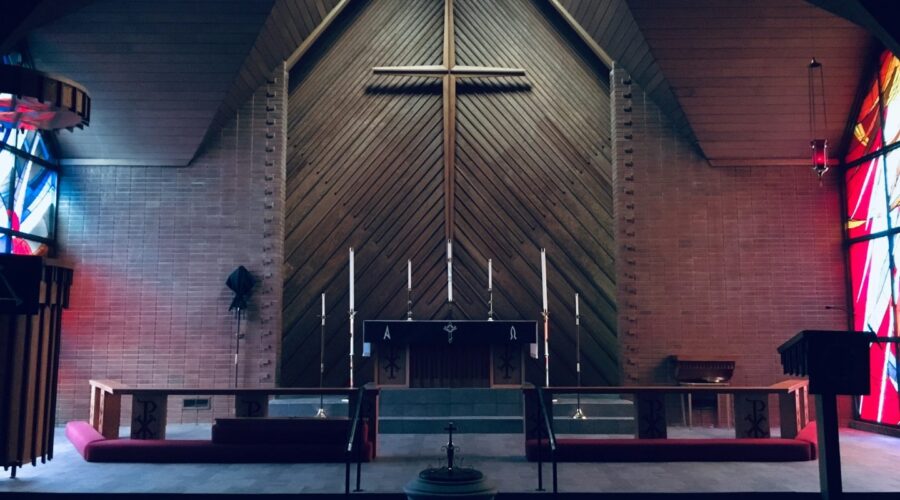Your cart is currently empty!
Unveiling the Secrets of Church Renovations: A Comprehensive Guide

Introduction
Embarking on a church renovation project can be an awe-inspiring yet daunting task. To navigate this complex endeavor seamlessly, it’s crucial to approach it with meticulous planning and a thorough understanding of the intricate elements involved. In this comprehensive guide, we delve into every aspect of church renovations, empowering you with the knowledge and insights needed to transform your sacred space.
Determining the Need for Renovation
Before embarking on a renovation journey, it’s essential to carefully assess the condition of your church and identify the underlying reasons prompting the need for change. Some common indicators include:
Deterioration and Age:
Over time, buildings naturally deteriorate due to wear and tear. Older churches may require extensive repairs or renovations to maintain their structural integrity, functionality, and aesthetic appeal.
Functionality Issues:
As congregations evolve and needs change, church facilities may become outdated or inadequate. Renovations can address space limitations, improve accessibility, and enhance overall functionality.
Energy Efficiency:
Outdated HVAC systems, poor insulation, and inefficient lighting contribute to high energy consumption. Renovations can incorporate eco-friendly measures to reduce operating costs and create a sustainable environment.
Accessibility Enhancements:
Ensuring equal access for all members is paramount. Renovations can include ramps, elevators, accessible restrooms, and assistive listening devices to promote inclusivity.
Planning and Funding the Renovation
Once the need for renovation is established, meticulous planning and fundraising become crucial.
Forming a Renovation Committee:
Assemble a team of dedicated individuals responsible for overseeing the renovation project. This committee should represent diverse perspectives and expertise.
Developing a Comprehensive Plan:
Create a detailed plan outlining the renovation goals, scope of work, timeline, and budget. This plan serves as the roadmap for the entire project.
Fundraising Strategies:
Secure funding for the renovation through various channels such as capital campaigns, grants, and individual donations. Transparent communication and engagement with the congregation are key to successful fundraising.
Selecting the Right Design and Construction Team
Choosing the right design and construction team is essential for the success of your renovation project.
Architect and Engineer Selection:
Seek professionals with experience in church design and construction. Look for firms that understand the unique requirements and sensitivities of sacred spaces.
Contractor Selection:
Evaluate potential contractors based on their reputation, financial stability, and experience. Ensure they adhere to industry best practices and ethical guidelines.
Managing the Renovation Process
The renovation process involves multiple stages, each requiring careful coordination and oversight.
Demolition and Construction:
Demolish existing structures and construct new ones as per the design plan. Ensure adherence to building codes and safety regulations.
Finishes and Fixtures:
Select and install finishes, fixtures, and furnishings that align with the aesthetic and functional goals of the renovation. Consider durability, maintenance, and accessibility.
Theological and Liturgical Considerations:
For sacred spaces, address theological and liturgical considerations throughout the renovation process. Consult with church leaders and experts to ensure alignment with the congregation’s beliefs and worship practices.
Communicating with the Congregation
Maintaining open and transparent communication with the congregation is vital throughout the renovation journey.
Regular Updates:
Provide regular updates on the progress, challenges, and successes of the renovation. Use multiple communication channels (e.g., newsletters, social media, website) to share information.
Involving the Congregation:
Create opportunities for congregation members to participate in the renovation process. Seek their input on design elements, volunteer for tasks, and celebrate milestones.
Addressing Concerns:
Anticipate and address concerns raised by the congregation. Be transparent and responsive to feedback, addressing concerns promptly and respectfully.
Post-Renovation Care and Maintenance
Once the renovation is complete, proper care and maintenance are crucial to ensure its longevity and functionality.
Establish a Maintenance Plan:
Develop a comprehensive maintenance plan outlining regular cleaning, inspections, and repairs. Assign responsibilities for maintenance tasks to designated individuals or committees.
Monitor and Evaluate:
Regularly monitor the condition of the renovated space and evaluate its effectiveness in meeting the congregation’s needs. Make adjustments as necessary to ensure ongoing satisfaction.
Conclusion
Church renovations are transformative endeavors that present opportunities for renewal, growth, and enhanced worship experiences. By carefully considering the need for renovation, planning thoroughly, selecting the right team, managing the process efficiently, communicating effectively, and implementing proper maintenance, you can successfully navigate this complex undertaking and create a sacred space that inspires, unites, and reflects the mission and values of your congregation.